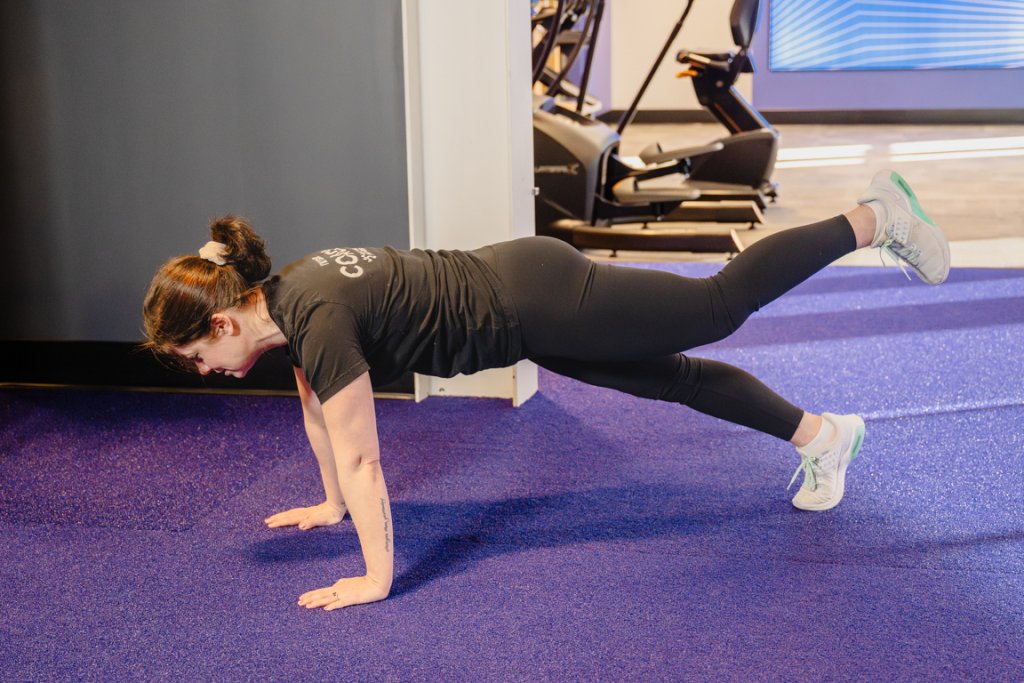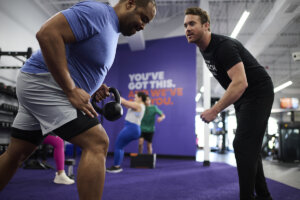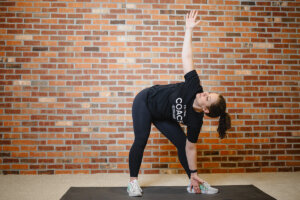A cardio regimen isn’t solely about the instant gratification of calorie torching. It’s a gateway to a healthier cardiovascular system, improved blood circulation, and enhanced respiratory efficiency. Each session is a step toward reducing the risk of chronic diseases like heart ailments, diabetes, and even certain cancers. That endorphin release gives mental health a boost too.
And cardio can be done anywhere. The best cardio exercises are the ones you do! So find something that you enjoy. It doesn’t matter if you train outdoors, tackle cardio workouts at home, or use exercise equipment at the gym, you’re reaping the benefits anytime (and anywhere) you get your heart rate up.
Important health benefits of cardiovascular exercise
Cardio workouts are an important part of the overall health and fitness journey, whether your goal is to lose weight, get fit, or be healthier overall. Activities such as walking, jogging, cycling, swimming, and rowing get you breathing a little harder and increase your heart rate. This offers many immediate and long-term perks.
Aim for 150 minutes of moderate-intensity activity or 75 minutes of high-intensity activity each week to start gaining the following benefits.
Better heart health
While strength training is widely considered the muscle-building form of exercise, cardiovascular exercise does help strengthen one very important muscle: the heart.
Keeping up with cardio workouts and regularly doing exercises that get your heart rate help reinforce your heart and blood vessels, making it easier for your heart to pump blood to your lungs and muscles. Plus, your cardio workouts can help stave off heart disease and diabetes by lowering blood pressure and fat in the blood (triglycerides) and helping your body manage blood sugar.
More energy
It might seem counterintuitive, because good cardio workouts wipe you out, but cardiovascular exercise actually gives you more energy in the long run. Greater blood flow means there’s more oxygen available to fuel your workouts and everyday activities. Over time, your body will become more efficient at using oxygen for energy, and you’ll be rewarded with better performance and improved fitness results.
Mood-boosting benefits
Stress, anxiety, and the doldrums of daily life can build up like a dark cloud. Cardio exercises can act as a ray of sunshine, releasing endorphins, aka feel-good neurotransmitters that can turn your day around with a single stride.
This boost directly counteracts mood disorders, such as depression, and can enhance your overall outlook on life. In fact, walking for one hour or running for 15 minutes a day has been shown to lower the risk of major depression. Regular cardio workouts have also been linked to improved sleep.
Burning calories and toning with cardio exercise
The weight-loss journey is often shrouded in myth, fad diets, and questionable trends. Cardiovascular exercises cut through the noise and get down to the basics: burning calories.
Understanding the caloric deficit
To lose weight, you must consume fewer calories than you expend. Engaging in steady-state aerobic activities — running, swimming, or cycling — or high-intensity interval training (HIIT) torches energy, which can help if you’re looking for a caloric deficit.
A brisk walk may not feel like much, but over time, it adds up, leading to significant changes in your body composition. Remember, the duration and intensity of your cardio workout sessions play a pivotal role in burning calories and fat.
Strengthening the core with cardio exercises
Cardio isn’t just about slimming down; it also tightens and strengthens your core muscles. Activities like running engage the entire body, including the abs and back muscles, creating a more toned form. A strong core serves as a robust foundation for your body’s structural health.
Fueling up for cardio
It’s also important to remember that your food choices affect weight loss, and that pairing cardio exercise with healthy eating habits will give you the best results.
Consider the findings of a BMC Public Health study: Overweight people who combined diet and exercise were 17.5 times more likely to lose weight than those who made no changes. Meanwhile, those who exercised without changing their eating habits were only 5.2 times more likely to lose weight.
Eating a combination of protein and carbohydrates within two hours of completing your cardio workout can aid muscle recovery and energy restoration. This could be as simple as a smoothie with some protein powder, lean meats, or Greek yogurt. Ensuring you’re fueling with lean, plant-based nutrients can enhance the effects of your exercise and expedite the weight-loss process.
30-Minute Cardio Workout: A Goal-Based Plan
Choose your own adventure with this 30-minute cardio workout. You’ll perform the same six exercises, but the time and number of reps you perform will be based on your health and fitness goal: strength gains, improved endurance, a stronger aerobic base, or a focus on form and proper execution. No matter which workout structure you choose, you’ll be sure to get your heart rate up and burn calories.
Workout goal 1: Develop endurance
- Perform each exercise for 30 seconds.
- Rest for 30 seconds before moving on to the next exercise.
- Do this for all six exercises.
- Repeat 5x.
Workout goal 2: Improve stamina
- Perform each exercise for 45 seconds.
- Rest for the remaining 15 seconds.
- Do this for all 6 exercises.
- Repeat 5x.
Workout goal 3: Strengthen muscles
- Choose your rep count (we recommend between 8–15 per exercise).
- Complete that many reps of each exercise at the top of each minute.
- Rest for the remainder of the minute.
- Repeat 5x.
Workout goal 4: Maximize performance and perfect form
- Set a timer for 30 minutes and work through the exercises at your own pace. The goal is to focus on the quality of each movement versus the quantity of reps.
- Choose your rep count (we recommend between 8–15 per exercise) and try to take only short breaks between exercises.
That’s it! Pick your goal above and let’s get into the workout!
1. Touchdown Squat
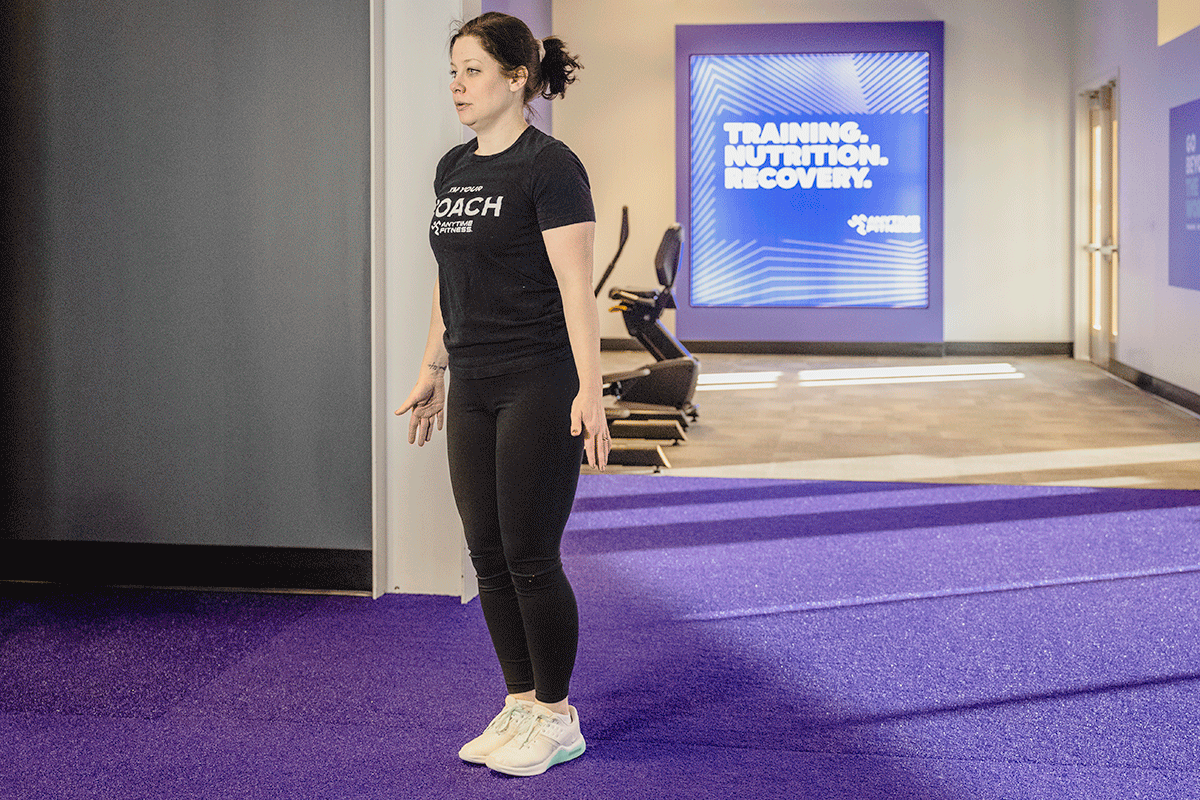
How to:
- Start upright with a hip-width stance and arms by your sides.
- Hop out to a shoulder-width stance immediately dropping into a squat.
- Lowering your hands to the floor between your legs.
- Complete the squat while hopping back into hip-width stance.
- Repeat.
2. Mountain Climber Cross
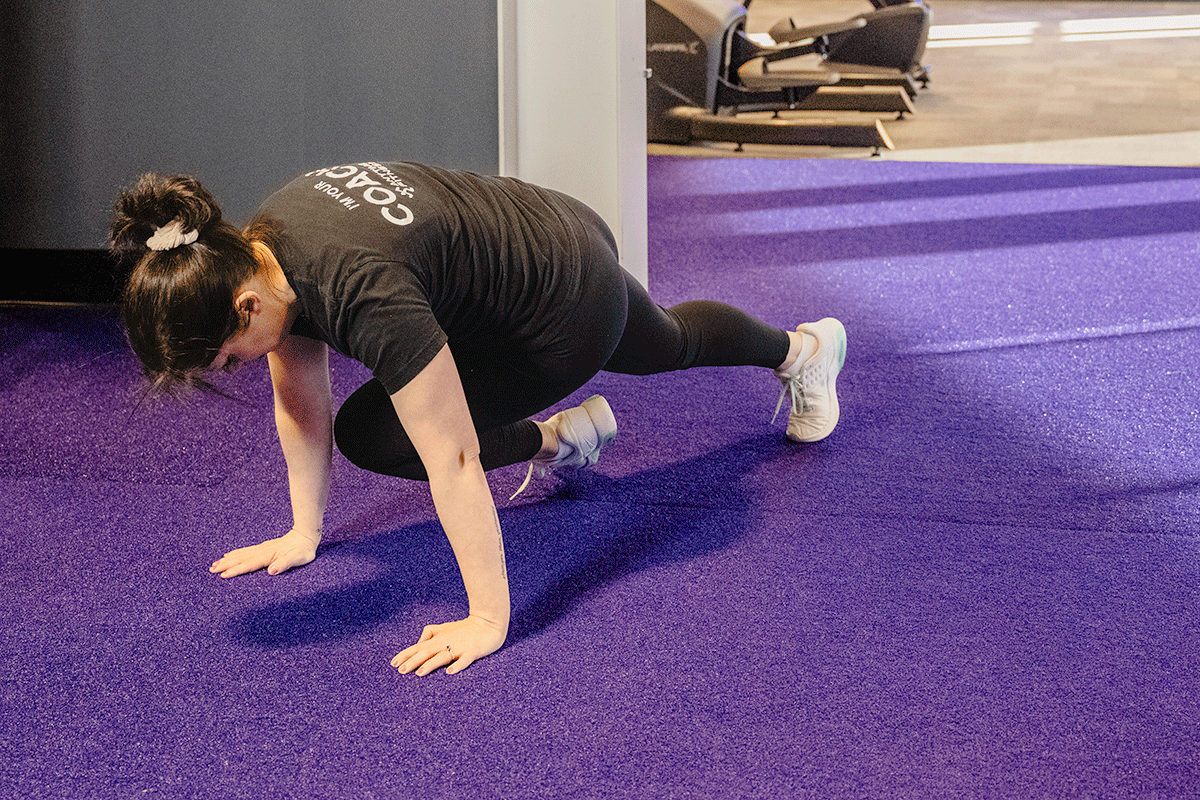
How to:
- Start in a high plank position with your hands under your shoulders.
- Bring one knee in toward the opposite elbow, keeping the rest of your body still.
- Straighten the leg back out and repeat on the other side. (Keep your back flat and your hips in line with your shoulders throughout.)
3. Jump Lunge
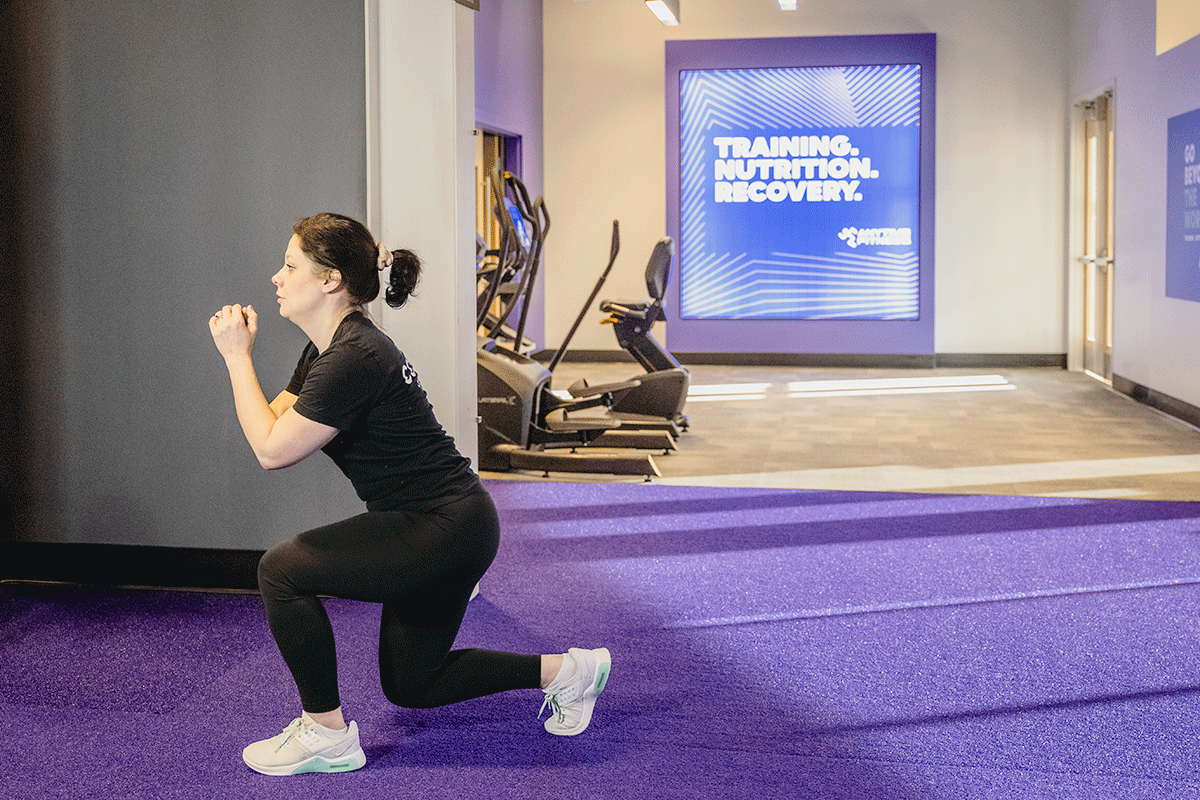
How to:
- Stand upright with legs in a split stance with your arms at your sides.
- Bend at the hips and knees, leaning your torso slightly forward with your weight on the front leg.
- Push off the front foot jumping off the floor.
- Switch your feet in midair.
- Land in a split squat with the other foot in front. Repeat.
4. Single-Leg Push Up
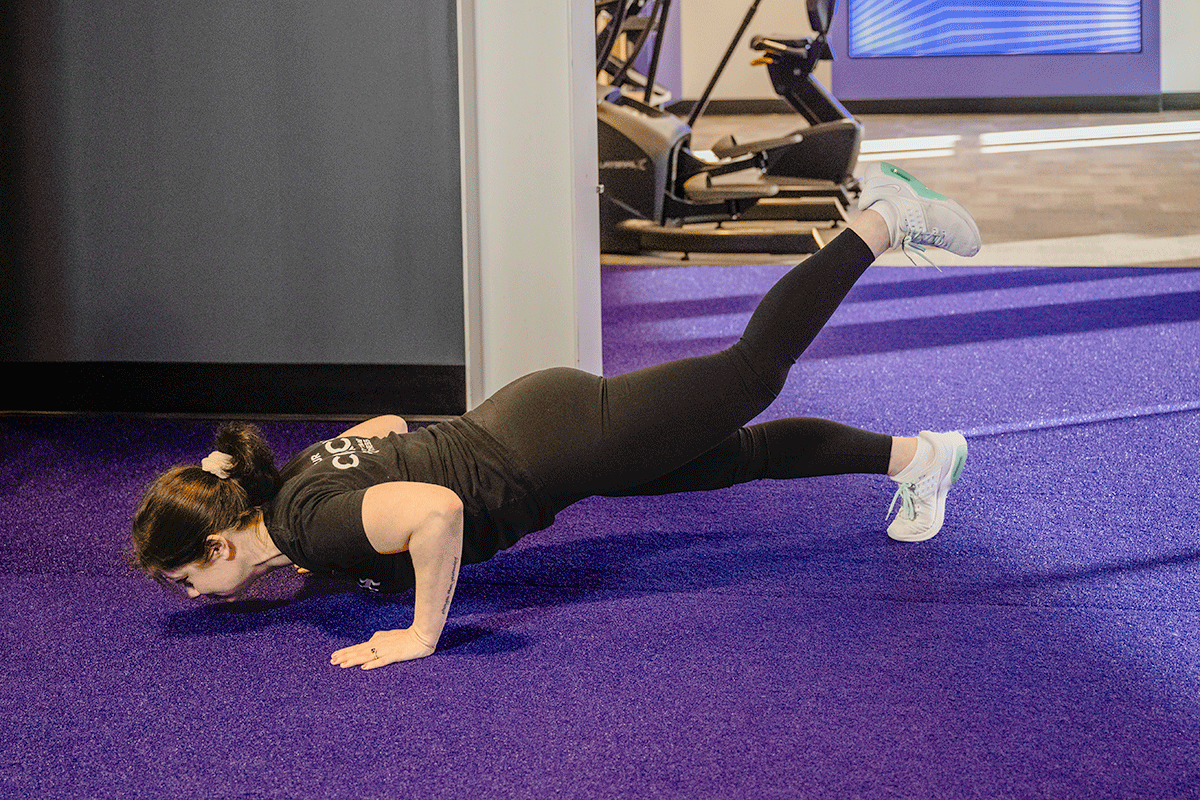
How to:
- Support your body on one foot and hands with your elbows bent and your chest nearly touching the floor with the other foot raised up behind.
- Push up to a straight arm position.
- Lower your body back to the start position and repeat, keeping your back flat and your hips in line with your shoulders throughout.
- Complete all reps on one side before switching to the other side.
5. Skaters
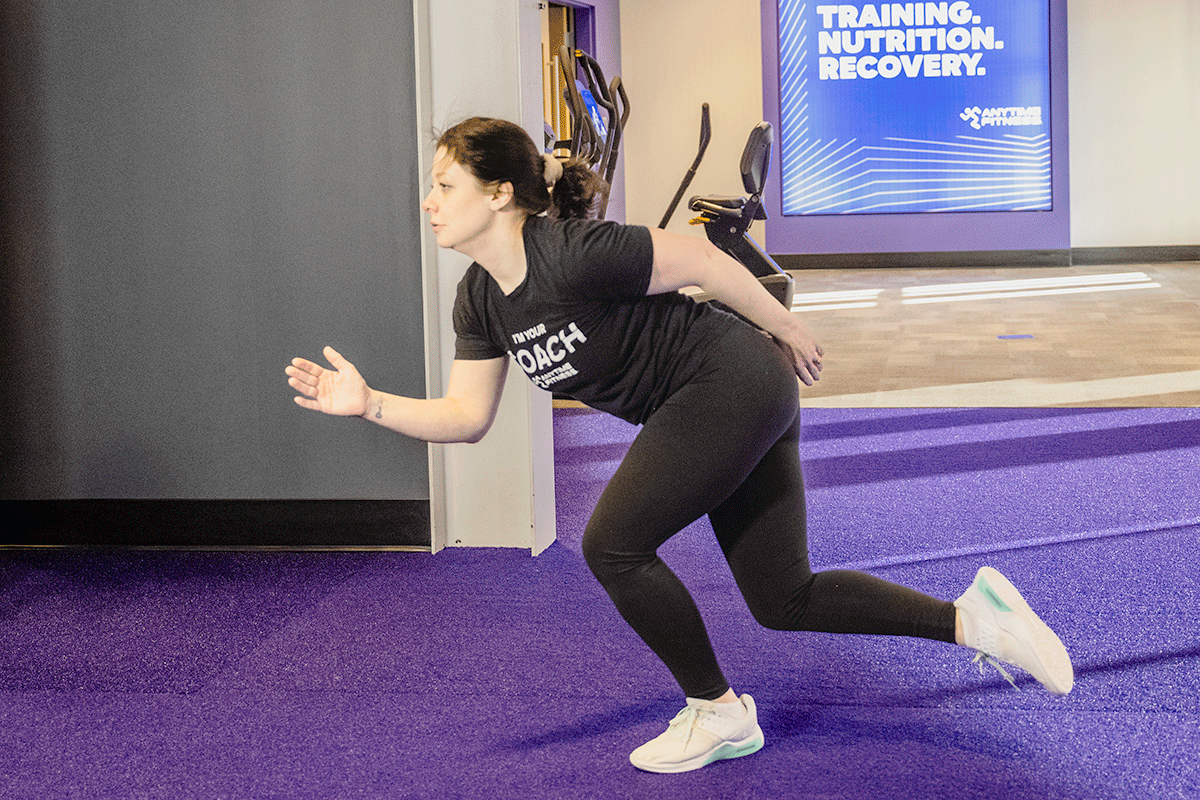
How to:
- Stand with one leg stretched out behind and across the other leg with your arms reaching to this side.
- Push off your front leg jumping to the other side and land, switching your legs and immediately jumping back. Use your arms in a swinging motion as if you were skating.
6. Burpee Push-Up
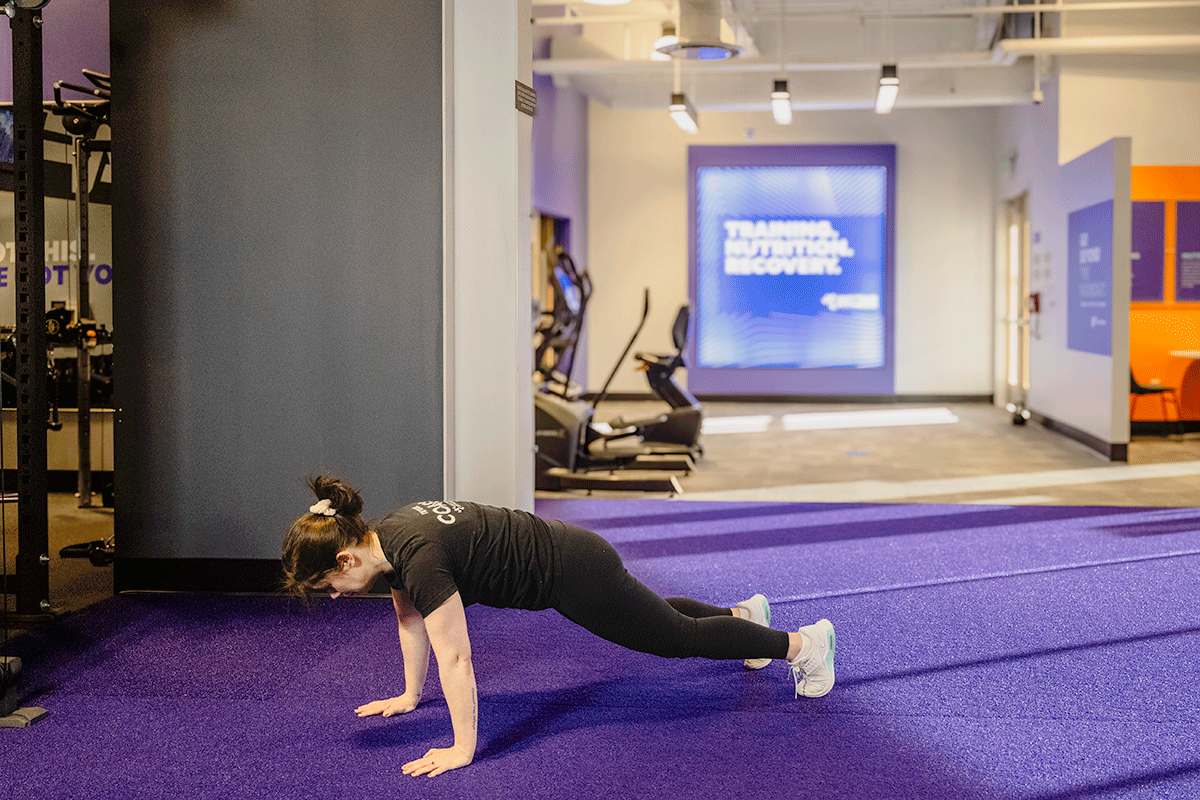
How to:
- Stand upright with your arms by your sides.
- Quickly squat down, placing your hands on the floor.
- Jump your feet straight out behind you, coming into a high plank position
- Perform a push-up.
- Jump your feet in, bringing your knees to your chest while keeping your hands on the floor.
- Come up to stand, raise your hands up to your shoulders and jump into the air, reaching them overhead.
- Repeat.
A final word on cardiovascular exercise
Remember, cardio is not just about the immediate benefits; it’s an investment in your long-term health. One of the greatest benefits is that you can do cardio workouts at home, in the gym, or outside. So, next time you’re debating whether or not to go for that jog, know that each step is a stride toward a happier, healthier you.
More cardio workouts
Did you like this 30-minute cardio workout? Here are more to try:
The best cardio exercises are the ones you do! Personal Coaching is a great way to get support and motivation to stay on-track. Plus, you get personalized plans that are catered to your specific goals, so you can do gym or home workouts — anywhere, anytime.
